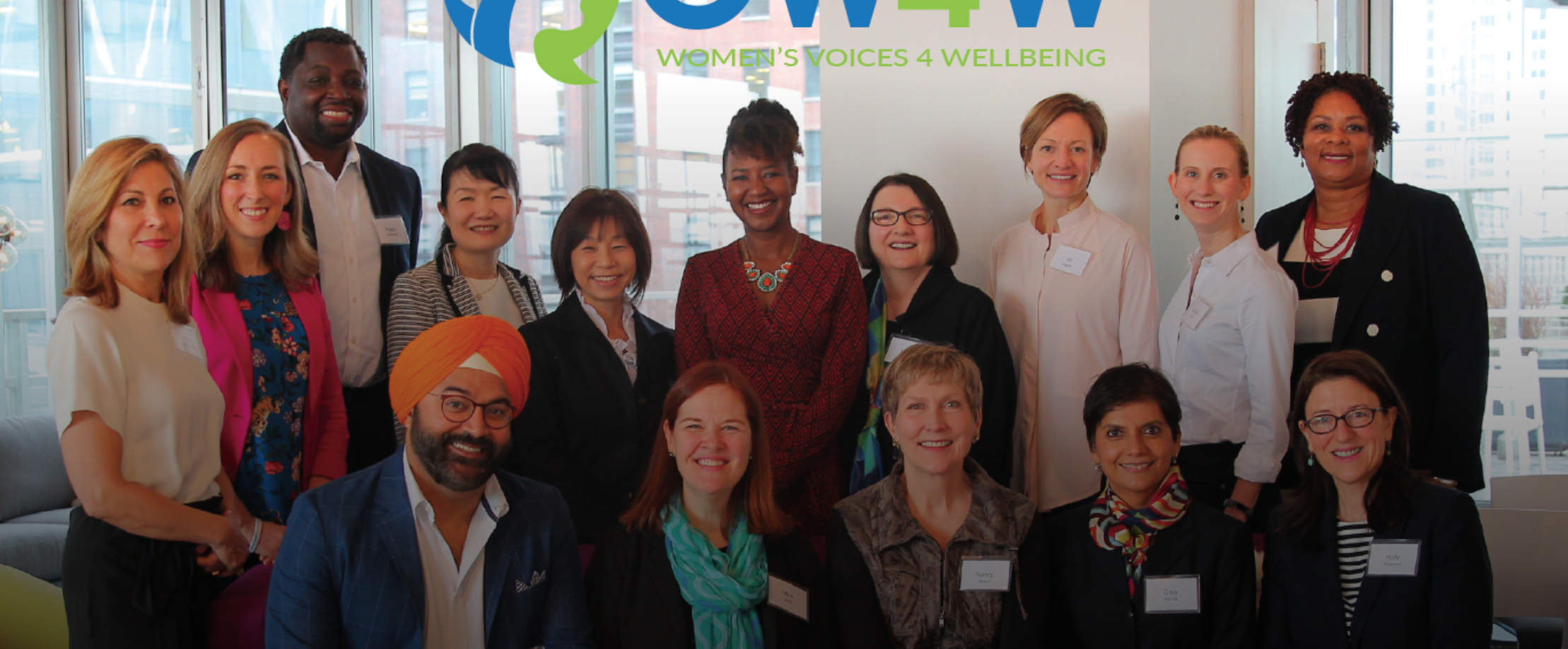I didn’t start out my career with a strong focus on gender equity. I didn’t think gender equity was an issue in the workplace. Over the years, I’ve had the opportunity to work in several industries and my experiences as a female professional have deeply influenced where I spend my time and energy now. Through those lessons learned and different work cultures, I became more and more aware that too many women, and women of diverse backgrounds, don’t have an even playing field in the workplace.
With all the amazing women’s organizations out there, what are we missing?
There have been and are great organizations that support women that go back decades. But the numbers of women in top leadership positions in almost all professions hasn’t changed in 10+ years. In fact, the number of female CEOs for the Fortune 500 has decreased over the past two years. It’s expected to take at least 100 years to have gender equity in the workplace, according to the World Economic Forum. We can do better.
That awareness led me to co-found Global Women 4 Wellbeing (GW4W) a non-profit organization that connects the unique health and wellbeing issues that impact women to our ability to lead well. The organization also looks at how those unique issues play into unconscious bias about how women are seen as leaders, including issues like maternity bias and ageism. GW4W is non-political, invites men to be part of the solution, and believes that pay equity, healthcare equity and leadership equity are human rights issues that impact women from all backgrounds. We believe that we need diverse leaders working together to help empower more healthy female leadership.
Organizations need strategy and action steps, not just stand alone initiatives, and they need to measure success.
A few facts about women in the workplace:
- Women graduating from college, on average, make less than their male counterparts by the end of their first year in the workforce. Because of pay inequity, women end up missing out on hundreds of thousands of dollars over their career.
- Women usually have to provide twice as much information to get buy-in on projects and get paid less. That means more work for less money.
- Almost all health related research has been done on men or male animals. If a women is being treated for a health issue, it’s likely is based on male physiology. We don’t have healthcare equity.
- Caregiving issues for children, parents or self care impact women at all levels differently than our male counterparts. We work many more “unpaid” hours outside of the workforce.
- There is little to no connection between the unique health and wellbeing issues women face and the discussion around getting more women into leadership. Mentoring is good, but we need more advocacy and more strategy to remove barriers to leadership.
- The good news: When you go from zero to 30% qualified female leadership at the top of an organization, on average you get a 15% bump in your profit margin. There is a strong economic case for getting women into leadership positions.
For women to thrive in the workplace, we have to do more than march, lean in and have affinity groups. All of these efforts are good, but we need to better understand and address the gaps strategically that keep holding women back. Otherwise, the numbers of women in leadership won’t change in any meaningful way.
When qualified women are leading well, there are stronger financial returns (Harvard Business Review). By intentionally getting more women into leadership positions, it can mean much more inclusive teams that then drive better innovation (Gallup). However, just getting women into leadership is not enough. The work culture has to support healthy female leadership or they will continue to lose top female talent.
Leaders can create working environments that allow what the best of women bring and the best that men bring. Everyone wins when gender equity is meaningfully addressed: leadership, the workforce and investors. That is why GW4W is bringing together diverse voices from business, academia and community to accelerate positive change and do a better job of closing the gender equity gap. It’s why we are working on research and building a network of leaders globally to work top down and empower more healthy female leadership. GW4W is not here to compete with the other great organizations supporting women, but rather connect and stand with them.
Organizations have the opportunity to pave the way for the next generation of female leaders from all backgrounds and at all levels.
My own career path and sense of purpose has changed because of GW4W, and moved me in a direction I could not have seen when I entered the workforce. I am deeply grateful to all the inspiring women and men that encouraged us to start GW4W. They have helped GW4W grow, generously give of their time and resources, and are using their voice to help more women at all levels lead well. I am honored to be working with like-minded leaders doing more good together for this generation of women and the next.


